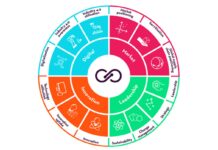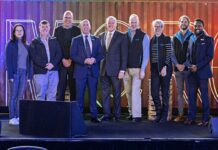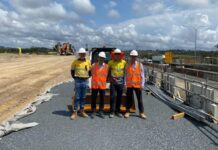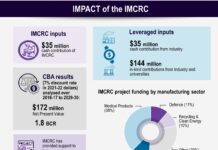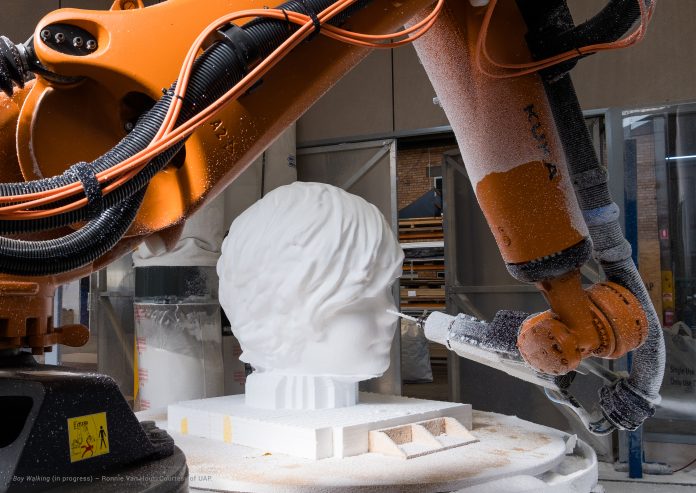
Media Release by IMCRC
The Innovative Manufacturing Cooperative Research Centre (IMCRC) today announced it has catalysed to date more than $230 million investment in manufacturing innovation, research and development (R&D) across Australia.
The announcement coincides with the release of IMCRC’s Annual Highlights Report, which summarises the CRC’s achievements for the 2020-21 financial year and includes interviews and case studies with executives from leading manufacturing businesses, startups and small and medium enterprises (SMEs).
With a vision for Australian manufacturing to be thriving, relevant and globally integrated, IMCRC has established a unique manufacturing investment portfolio of 70 industry-led R&D projects that delivers a seven-fold multiple on the Commonwealth cash invested. To date, eight projects have been successfully completed, already furthering the collective research outcomes that will bring substantial economic value and high value jobs to Australia’s manufacturing industry.
IMCRC CEO and Managing Director, David Chuter, said the achievements highlighted the CRC’s unwavering commitment to the transformation of Australian manufacturing.
“As an industry-led CRC, we incentivise and enable forward-thinking businesses to collaborate with Australian universities and the CSIRO to develop, scale-up and realise new ideas, products and services. Our business model is designed to catalyse manufacturing innovation and R&D projects of strategic importance to our industry and research partners,” he said.
“It centres around safeguarding government and industry funding by requiring partners to set clear strategic and commercial outcomes from the outset and by putting in place processes to overcome barriers to collaborative success.
“As more IMCRC projects reach completion, I am optimistic about what could be achieved using the IMCRC business model at scale to drive further Australian manufacturing innovation and transformation, particularly with Australian SMEs, who represent around 80% of our industry project partners.”
One of the projects completed in 2021 is the Urban Art Project (UAP) Design Robotics Project. Since receiving $1.2 million in project cash funding from IMCRC to develop vision-enabled, agile and adaptable robots, UAP founder and managing director Matt Tobin said UAP had been adopting advanced manufacturing techniques and robotics, enabling the company to re-shore much of its production to Australia.
“The IMCRC has been a catalyst for fundamental change in our business. Industry 4.0 technologies, such as the robotics we are integrating into our processes, are changing manufacturing,” Tobin said.
“Without investment in these types of research partnerships, Australian industry will lose all ability to transform, and the impact on our global competitiveness will be devastating.”
The research collaboration with UAP, the Queensland University of Technology and RMIT University also directly led to the $18 million Advanced Robotics for Manufacturing (ARM) Hub in Brisbane.
IMCRC Chair, the Hon Ian Macfarlane, said success stories like UAP were a testament to the efforts of the industry and research partners and the IMCRC team’s ability to rally organisations together and develop collaborative solutions at pace.
“The pandemic has highlighted a critical need for a stronger design and manufacturing base in Australia, including the ability for local industry to contribute to global supply chains and commercialise the wealth of research talent and ideas available to us,” he said.
“I am delighted to be able to say that IMCRC has demonstrated its ability to catalyse these outcomes, especially in sectors now recognised by the Commonwealth as National Manufacturing Priorities.
“While IMCRC winds up operations in 2022 on completion of all supported projects, the opportunity now exists to scale up this successful business model to contribute more broadly to Australia’s innovation ecosystem,” Macfarlane said.


